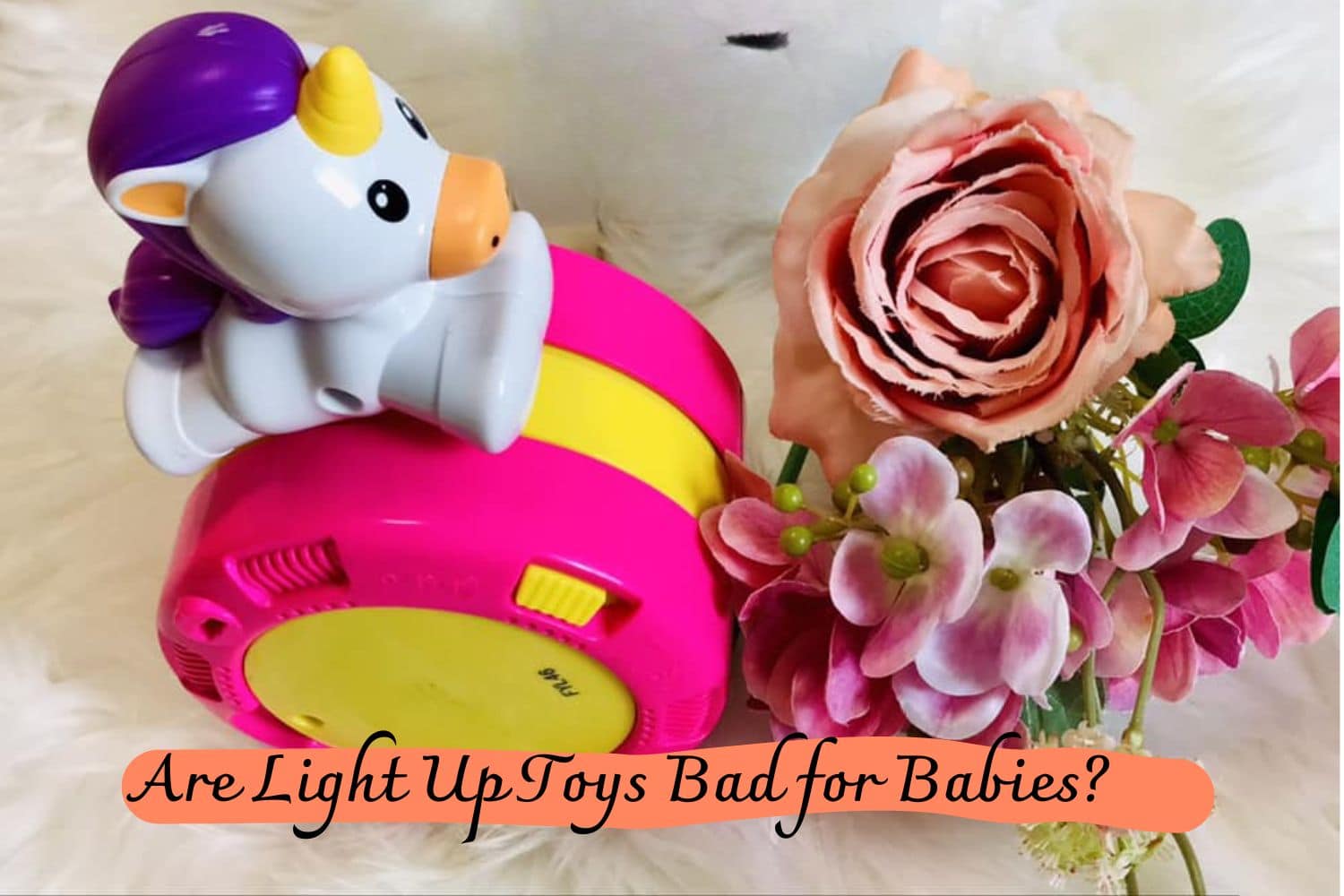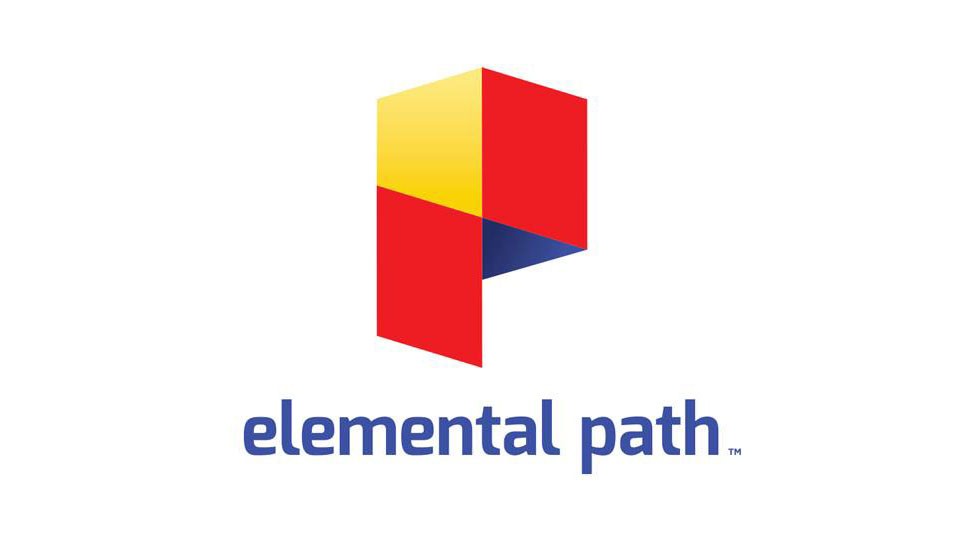Are Light Up Toys Bad for Babies? Learn the truth about light up toys and their risks so you can make an informed decision.
Are Light Up Toys Bad for Babies?
Are light up toys bad for babies? As toddlers become increasingly fascinated with flashing lights and engaging sounds, parents everywhere are asking themselves this question.
Child development experts have found that flashy, noisy toys may not aid in the brain development of babies and young toddlers. These toys are often considered “empty calories” for the brain, similar to how some foods provide no nutritional value.
At first glance, these squeaky plastic playthings seem fairly harmless–but in reality, the implications can be far-reaching. From concerns around excessive screen time to possible developmental delays, many have doubts about allowing young children access to such stimulating toys.
In this blog post, we will explore both sides of the issue to better understand if these “shiny distractions” are truly detrimental or just innocent fun!

Why a Simple Light Switch is More Beneficial for Your Baby’s Development than Flashing-Light Toys
While flashing-light toys may catch a baby’s attention, they provide little benefit to their cognitive development. Instead, simple everyday activities like using a light switch can have a profound impact on their brain development.
Babies are naturally intrigued by cause and effect in the real world. Engaging with their surroundings and understanding how things work is essential for their cognitive growth.
Consider taking your baby on a mini-tour of the house, involving them in tasks like turning lights on and off, opening and closing cupboards, and fetching drinks from the refrigerator. Explain these actions as you perform them.
As your baby grows older, you can further enhance their development by guiding their hands as they manipulate different types of switches and handles. This hands-on approach fosters their understanding of how things work and encourages their cognitive and motor skill development.
So, instead of relying on flashy distractions, opt for a simple light switch to engage and stimulate your baby’s mind. Your little one will not only be entertained but also benefit from this enriching experience.
Are Light Up Toys Bad for Babies?
The crucial period of brain development and language acquisition occurs during the infant and toddler years.
Research indicates a correlation between toys that produce noise and talk and the decrease in verbal communication between caregivers and children.
Numerous toys on the market claim to enhance children’s vocabulary, but there is insufficient evidence to support these assertions.
Moreover, these “vocabulary-building” toys often have poor sound quality, making them difficult for children to understand. Speech therapists emphasize the importance of visual cues, such as mouth movements and body language, for optimal speech development in babies and young toddlers.
In a speech therapist’s office, you won’t find toys that talk. Instead, you’ll find:
- Battery-free toys
- Toys tailored to a child’s interests
- Open-ended toys that foster creativity and imagination
- Well-constructed toys
However, the negative consequences of playing with flashy and noisy toys extend beyond the lack of verbal interaction. These toys also tend to have a predetermined purpose, limiting children’s problem-solving skills. In contrast, toys like wooden blocks, Legos, MagnaTiles, and loose parts play offer opportunities for critical thinking and development.
It’s no coincidence that plastic light-up toys advertised as developmental aids often appear on “worst toys” lists. The advertising for these toys, although manipulative, is well thought out and well-funded. It’s easy to fall into the trap of wondering if your child’s toys are truly fostering their development.
While light-up toys themselves are not inherently bad, it’s essential to consider what is missing from a child’s play when selecting toys. The more a toy does for a child, including providing sounds or lights, the less the child is actively engaged.
The first years of a child’s life are crucial for forming essential brain connections. Their interactions with people and everything around them, including toys, will shape their future.
Choose toys wisely, keeping in mind the importance of active engagement and child-led play in promoting optimal development.
Conclusion
To recap, light up toys and their flashy lights can be a cause for concern from a safety perspective. Not only do they contain potential choking hazards, but they can also hurt the development of babies if used excessively or improperly.
They may not be appropriate for very young kids who need more nourishing and interactive experiences. Therefore, parents and caregivers should make informed decisions about when to introduce these types of toys into playtime, to benefit their child’s health.
Above all else, it is important to remember that every child is unique in the way they learn and grow. Each parent must decide what type of toys will best help develop their child’s skills through safe means while keeping them entertained along the way!
So don’t forget to enjoy the process of parenting with your little one; be sure to have a good time while also making smart choices about safety and development!
Thanks for reading our article Are Light Up Toys Bad for Babies? If you want to know more information, visit our website here.
Read more:

